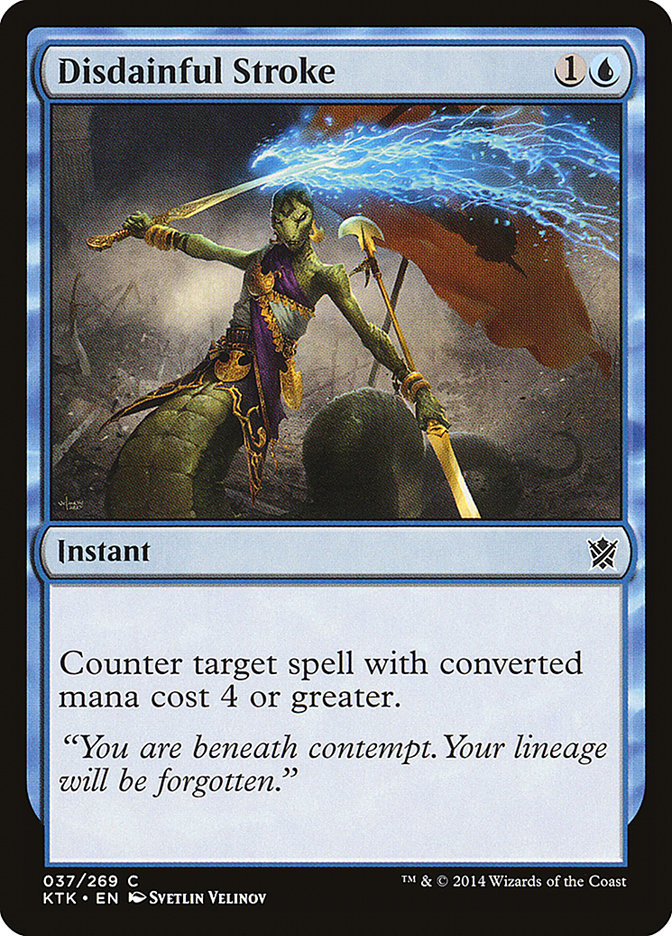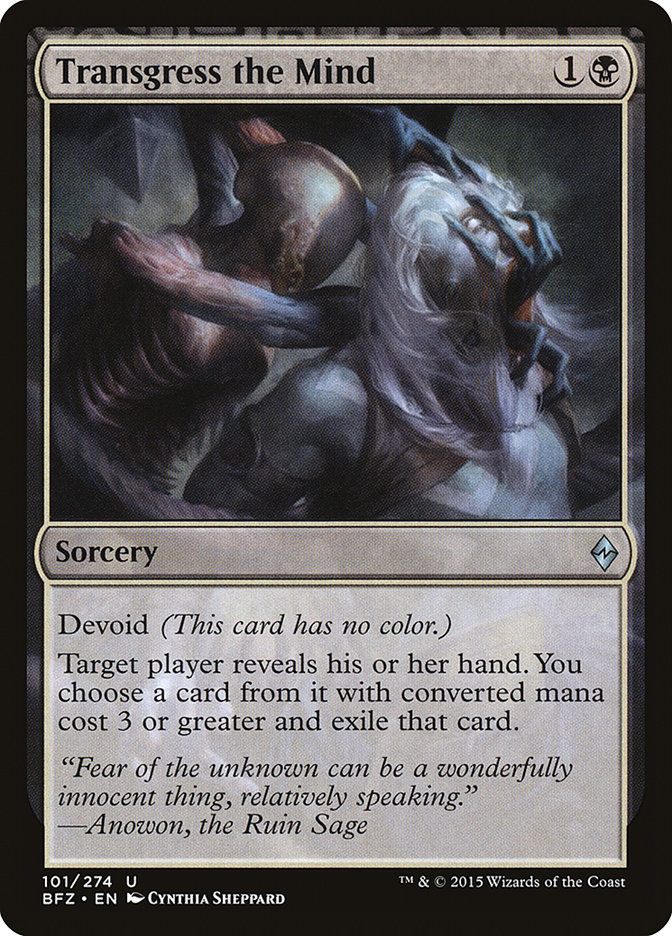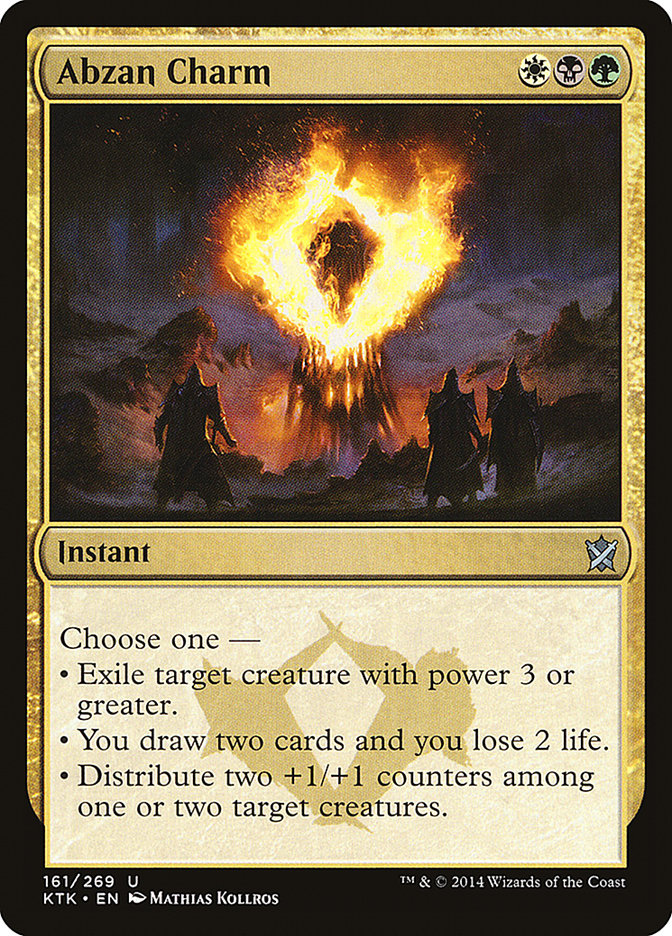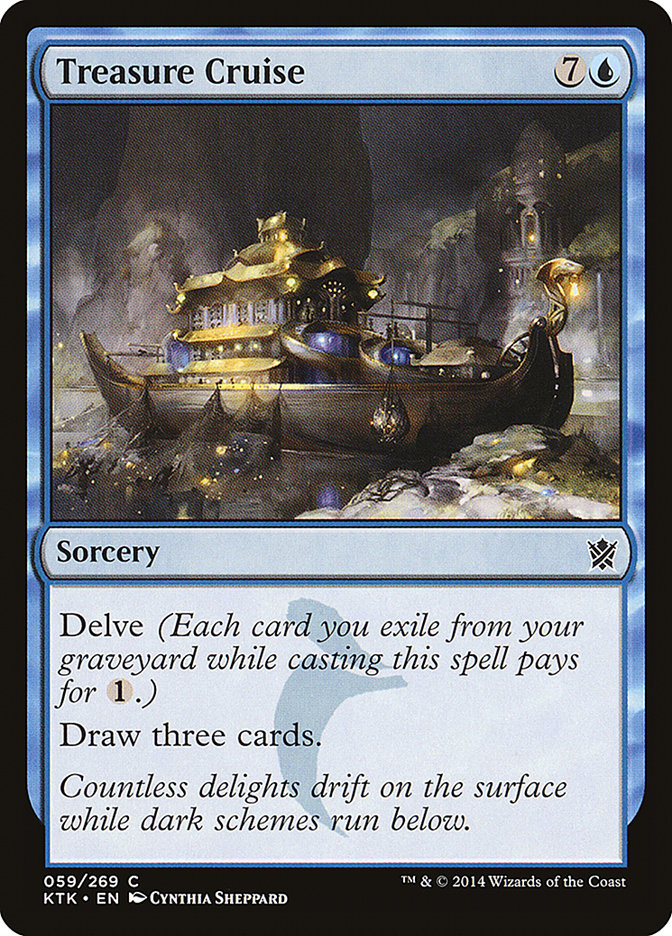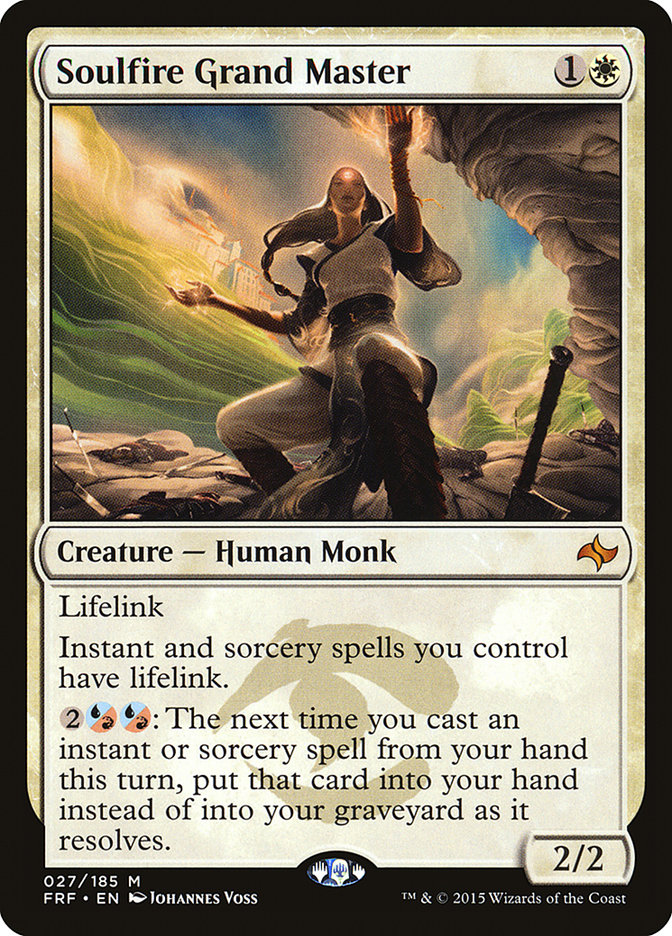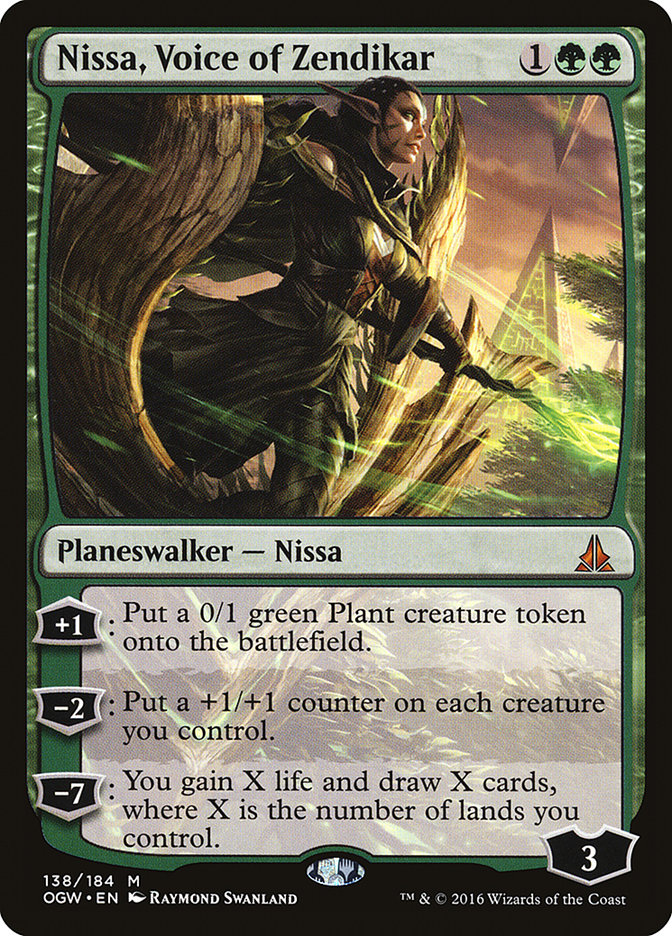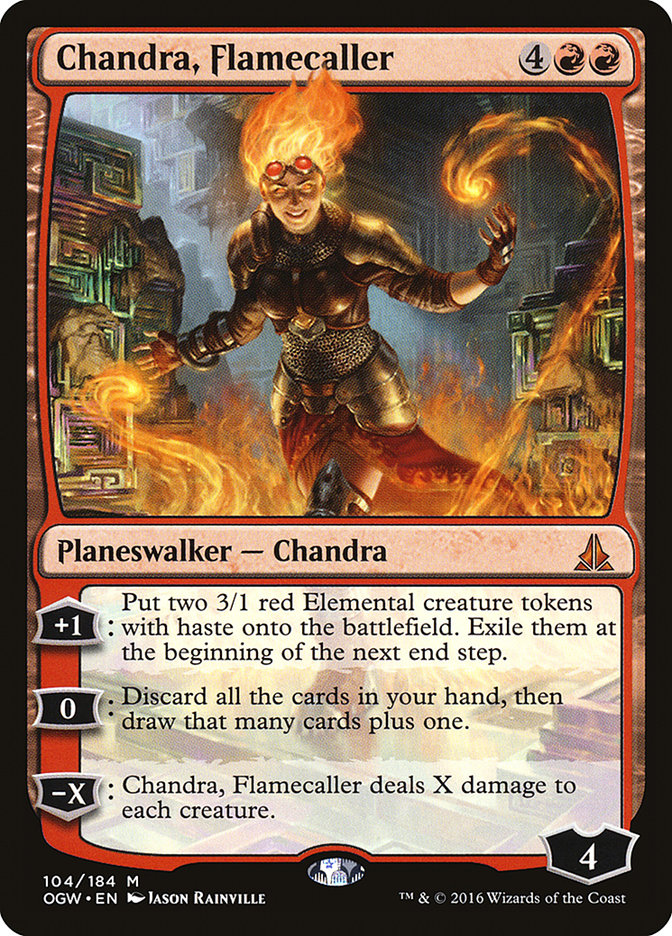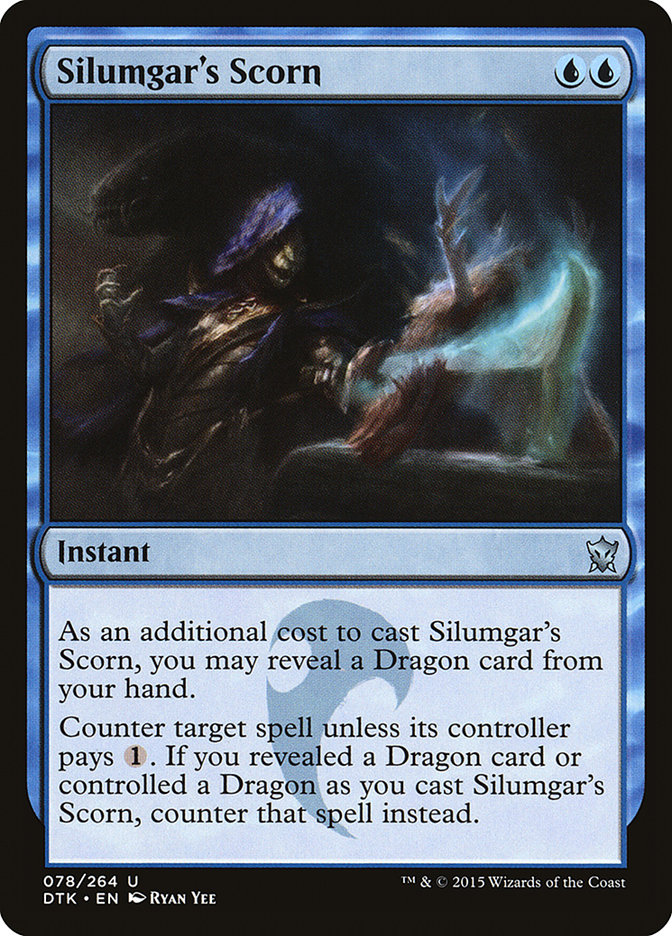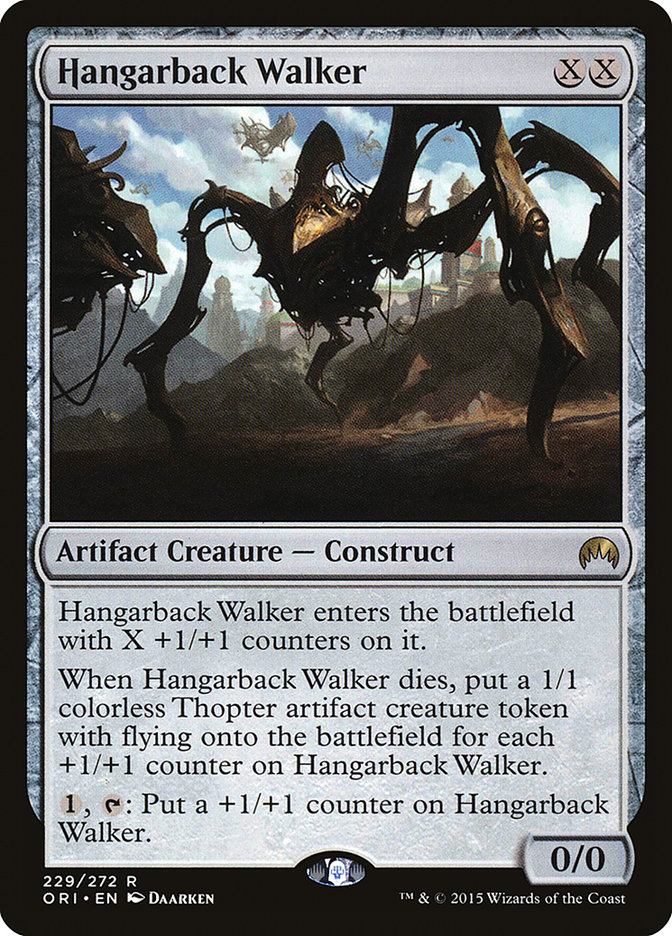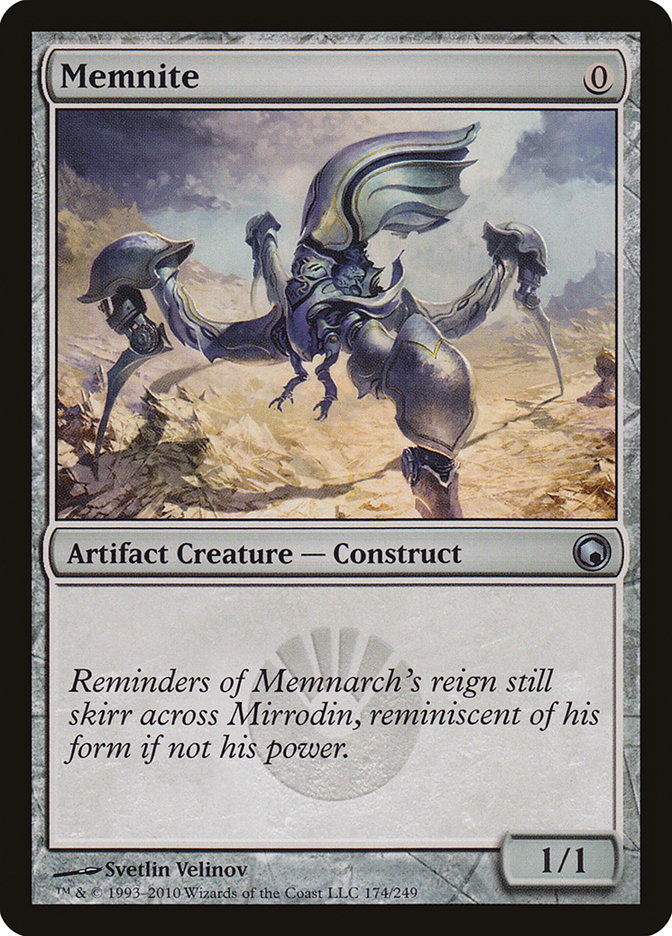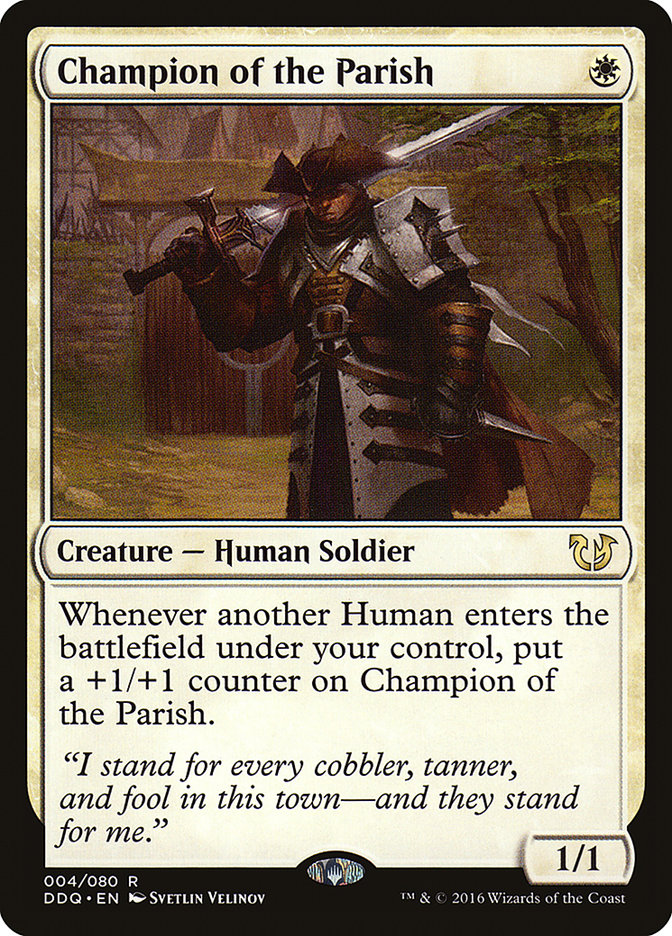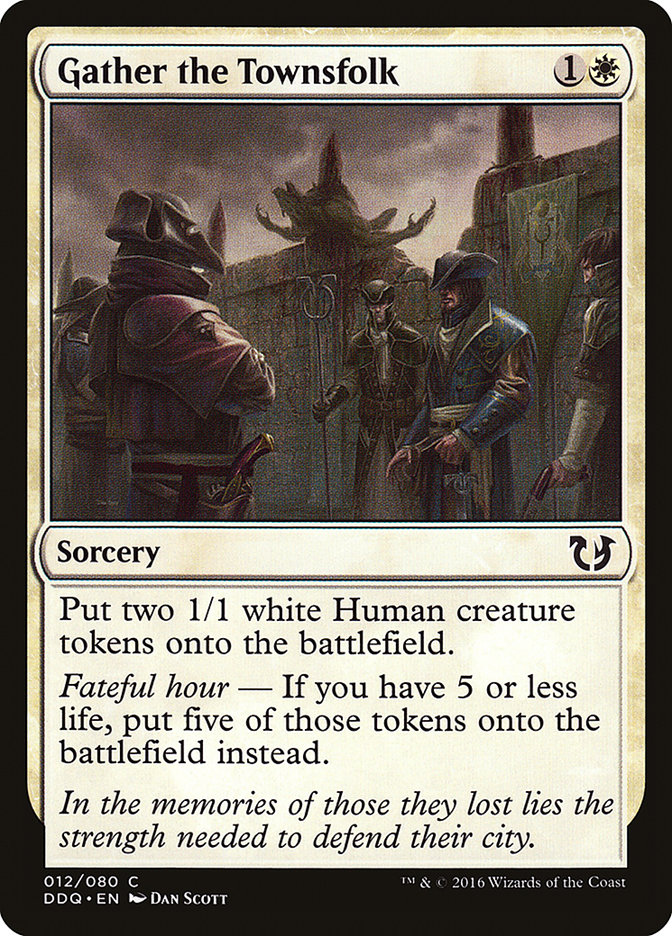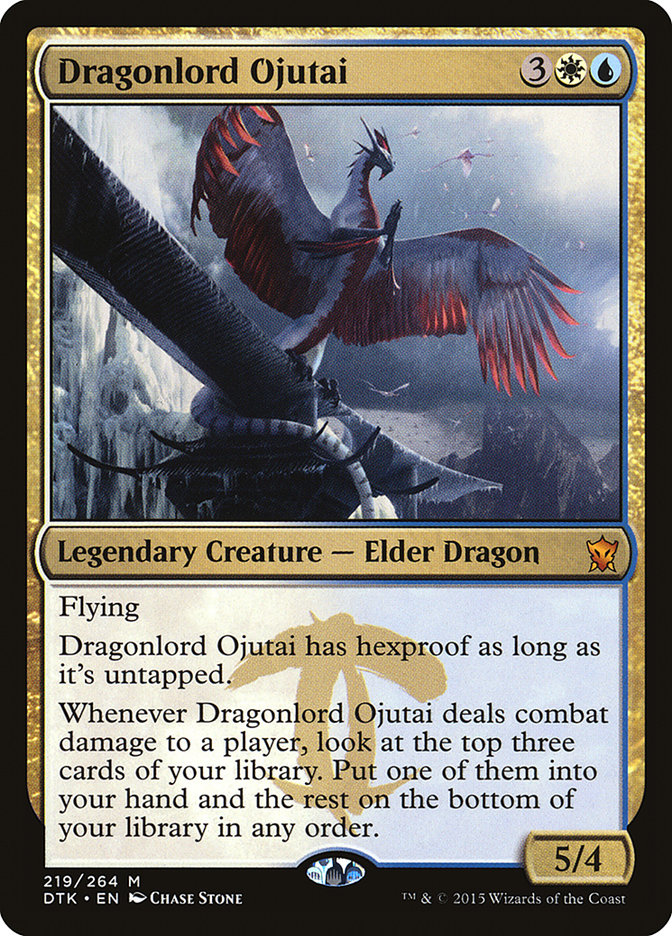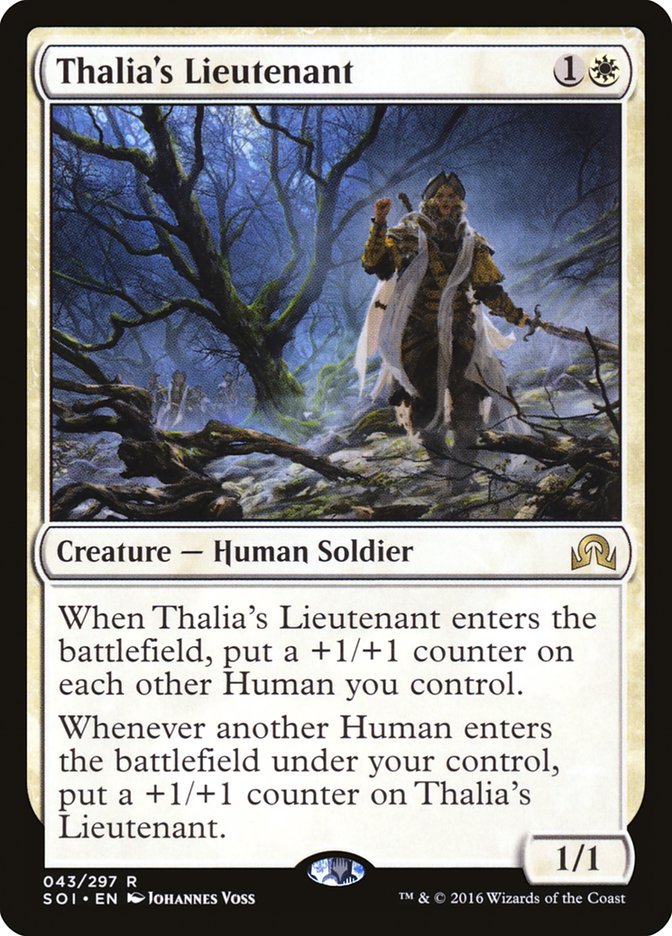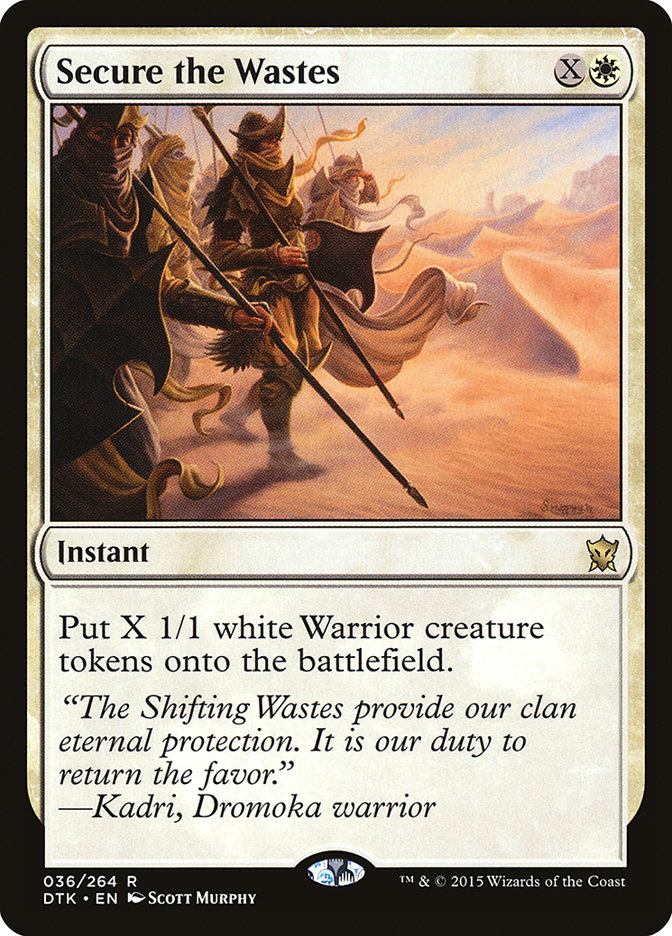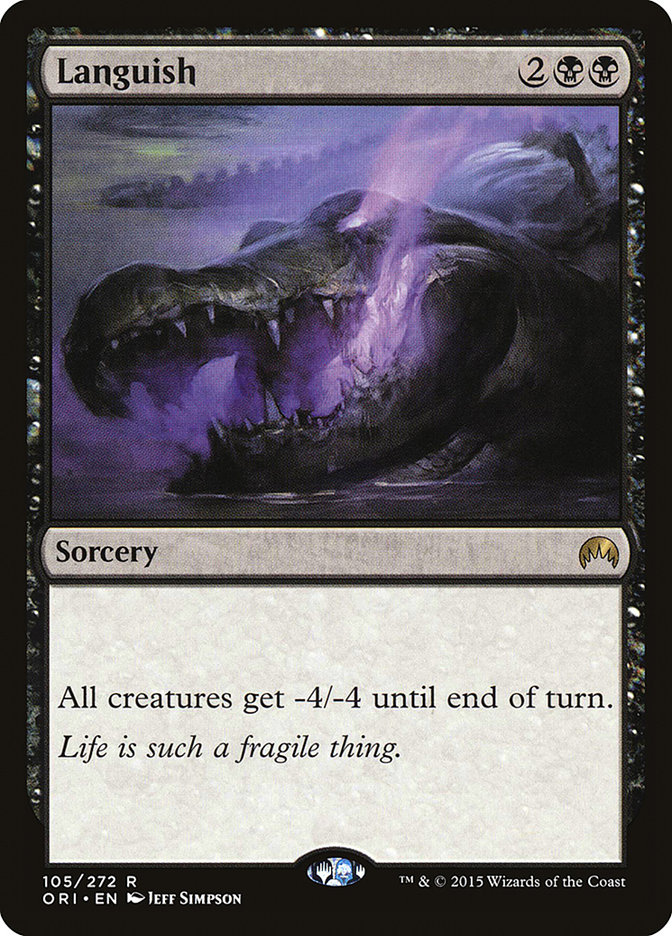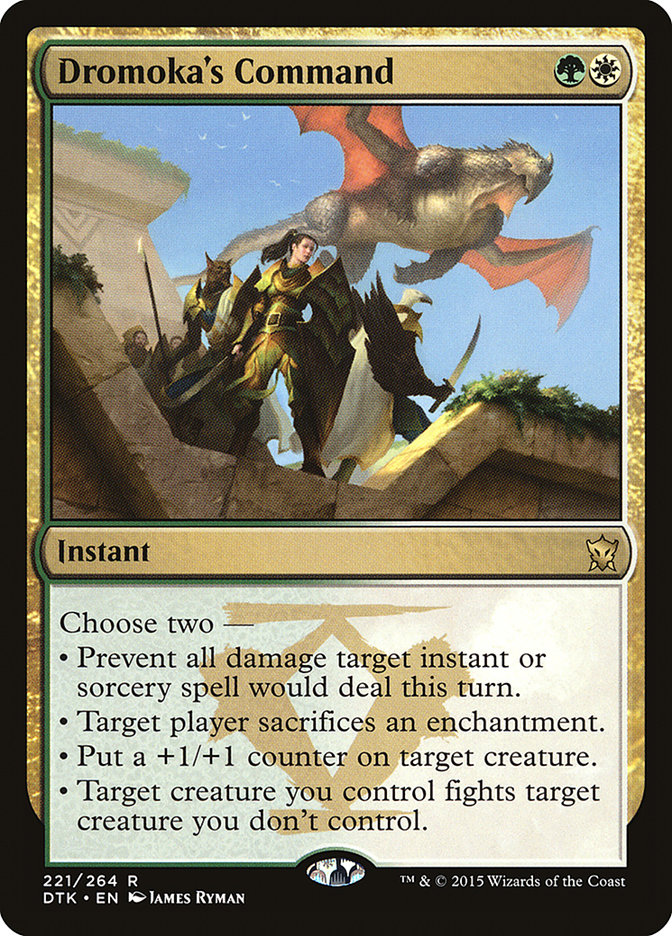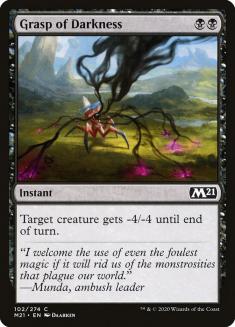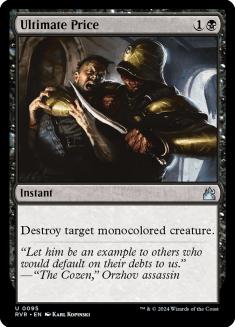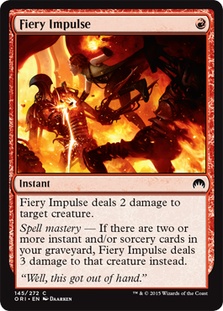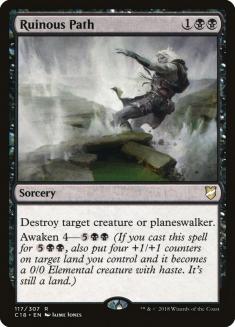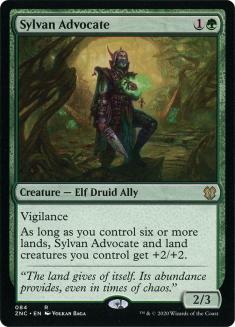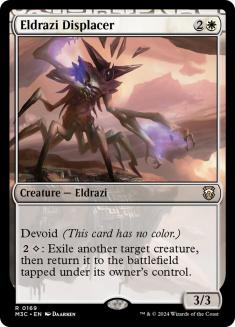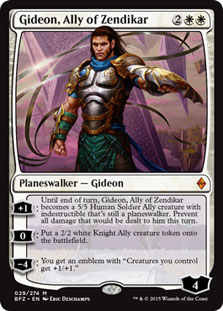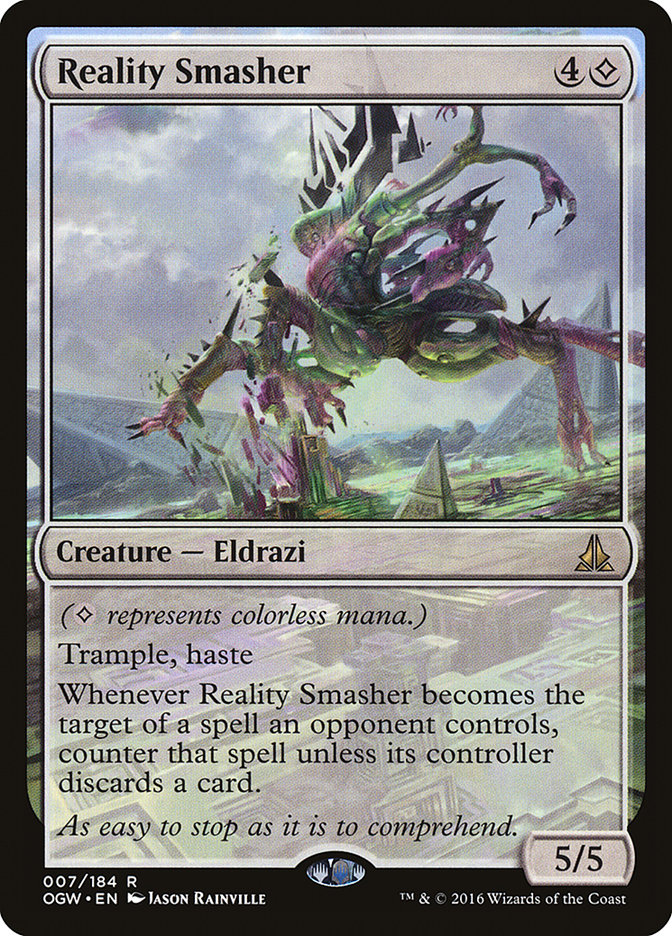After testing for Pro Tour Shadows over Innistrad, I felt like I had a grasp on how good most individual cards were in Standard, but I had no idea what made it tick. I couldn’t theorycraft a good deck if I tried and would just shoot away with stacks of good cards and hope they hit.
After testing another two weeks for the quarterly Magic Online Championship Qualifier and Grand Prix Jersey Strip Mall New York City, I think I finally understand how this Standard format works and how to derive winning strategies from there.
At its core, Shadows over Innistrad Standard is a threat-based format, or, slightly more accurately, a high-impact-card-focused format if you start including a few very powerful answers like Languish and Radiant Flames. The primary questions you are asking at all points are, “Am I 100% dead if they have it, and if not, how much am I giving up playing as if they do?” Often the responses are “Yes, and quite a bit.”
This is super-interesting because a lot of the actual threats are the same as Battle for Zendikar Standard, but the ability to answer them has dramatically decreased. The big loss is something on par with Disdainful Stroke, which kept most of the big-swing threats in check. You can Transgress the Mind a Chandra, Flamecaller or Collected Company, but it isn’t the same as being able to get their mana out of the way as it happens and not having to have your answer line up before their threat.
Moreso than the loss of good generic answers, the drop in card advantage also took a toll. There’s no Abzan Charm, no Treasure Cruise or Dig through Time, no Soulfire Grand Master, and significantly less Jace, Vryn’s Prodigy and Painful Truths. If you lost a couple of cards to a Chandra, Flamecaller in Oath of the Gatewatch Standard, it wasn’t a big deal as there were always more to replace them, but in this format that is absolutely backbreaking a lot of the time. Tempo is a relevant resource only in how it sets players up to deploy their threat while in position, as opposed to last rotation, where tempo was the driving resource as no one ever ran out of things to do.
So threats are good, answers are mediocre. But not all the threats are created equal or even play equally from game to game. In fact, most of the high-impact cards in Shadows over Innistrad Standard have a few conditional riders on them that dramatically swing their value.
Part of this is that the actual Planeswalker cards for the Magic Origins five and the members of the Gatewatch were pushed to be Standard staples. Wizards of the Coast has tried to make their primary characters cards that see play at a tournament level over the last decade, after learning from the failed VS System game making Doctor Light and Ahmed Samsara the best cards instead of Wolverine and Superman, and Wizards has been successful.
However, when so many of the planeswalkers are core characters, the unique attributes of planeswalker cards take center stage. You need to cast planeswalkers on a relatively stable battlefield, and most are not good when behind in a game. Standard often plays out like that. Think of Gideon, Ally of Zendikar and how it ranges from unbeatable on the play to unplayable on the draw in some matchups.
The other part is how the linear focus of the last three blocks has played out. Dragons of Tarkir, Battle for Zendikar, and Shadows over Innistrad are all relatively linear sets without a second matching set to really support them. Oath of the Gatewatch and Magic Origins each have lots of individually powerful cards, but they don’t double down on the previous set’s mechanics, while Shadows over Innistrad is still waiting for Eldritch Moon.
As a result, a lot of powerful linear cards are a little shaky on their support, like Silumgar’s Scorn, or accidentally powerful pairings with dissimilar backups for either half, like Archangel Avacyn plus Hangarback Walker. From game to game, you end up with cards that are either merely replacement-level or insane depending on what you draw to go with them. As an opponent, it’s another thing you must decide if you can afford to play around. Sometimes they don’t have it and Archangel Avacyn is just a 4/4 flier, but sometimes it is a 6/5 flying Plague Wind of a game-ending monster.
All in all, this is a lot like the last Innistrad Standard format, where the overlap between Scars of Mirrodin and the single set of the new block was loose at best, but the filler cards in the format are significantly more powerful this time. Something like Sylvan Advocate looks a lot closer to Collected Company on paper than a Gather the Townsfolk did to Geist of Saint Traft, but in practice, the worse cards aren’t far off in terms of winning games compared to their better compatriots.
The best threats in the format are the ones whose fail case is still very strong. Chandra, Flamecaller is at least a sweeper most of the time. Archangel Avacyn is a great flash threat when it doesn’t flip. Collected Company is a bit awkward, as the random “fail” case is literal nothing, but 85% of the time it is good or great. Thalia’s Lieutenant and Dragonlord Ojutai are absolutely great, but the surrounding cards let them down from time to time. I want to put Tireless Tracker on this list, but it’s merely generically solid and not obviously game-breaking like the rest of these cards.
Side note: People are extremely bad with Chandra, Flamecaller. If they aren’t using the –X to sweep, they view the card as an aggressive kill condition, when in actuality all of the abilities are geared toward taking full control of the game. People are tricked into using the +1 ability, as 3/1 Elemental tokens kill quite quickly, but often using the 0 ability to cycle some lands and low-impact cards into a good hand is a more assured win.
The opponent can kill your Chandra, Flamecaller in a number of ways and most of the Chandra decks can’t even deal the last eight damage after multiple Elemental attacks easily. However, if you cycle into another Chandra or real threat first, it gets easy. Not to leave out the ramp decks, but the 0 ability should be used before the +1 if you don’t have a great follow-up to Chandra. The early +1 on Chandra should be used in situations where your hand is already so good you are assured victory; you have to race an Ulamog, the Ceaseless Hunger or similar untrumpable threat; or you are getting a planeswalker with the attack.
Then there is the tier of cards that are half-unbeatable, half-mediocre. The five above are just a few of the massive subset of them across the format. Sometimes the card depends on specific game states, like Gideon, Ally of Zendikar. Sometimes it is drawing the card to make it great, like Secure the Wastes. Sometimes it’s just the matchup, like Hangarback Walker versus nonwhite decks or Kalitas, Traitor of Ghet against Zulaport Cutthroat decks.
That this tier of cards is so wide is what makes the format so good. There’s a broad spectrum of powerful things you can do, and you can build or metagame to select the one you want to do. A lot of the packages are also fairly small, so it’s relatively easy to patch them together.
For example, the Four-Color Rite deck is just the Bant core plus the Cryptolith Rite core, but you can also build that with Dragonlord Atarka the way Luis Scott-Vargas did last weekend or in a ton of other ways. You can take the green and black control cards and build Sultai Eldrazi, Jund, Seasons Past, or, as Sam Black demonstrated this last weekend, even The Great Aurora nonsense. Shadows over Innistrad Standard is really just a direct translation of other formats with the set: all you need is a vision and knowledge of how the cards fit together and you can make it happen.
The answers that are “great” in the format are the ones that have massive blowout potential. We have seen Reflector Mage a ton and know what burying someone in tempo advantage can do, Languish just ends some games with four-for-ones, and Dromoka’s Command turns off an entire aspect of certain decks with the “Target player sacrifices an enchantment” mode. Jace, Vryn’s Prodigy also falls here, as the assured two-for-one the card provides is backbreaking, but you need to be playing reactive spells to ensure it. It’s fairly unconditional when in the right deck, but that deck is conditional enough to bump the once-great Jace down to this category.
I want to reiterate the key tying all the good cards together: it isn’t necessarily efficiency, but it can be. It isn’t value, but it can be. It’s just any card that can create a singular lopsided blowout.
If you look at the non-blowout answers, they aren’t even good at trading for what the threats are. It’s partially that the answers are unpushed relative to the threats and partially that the threat base of the format is so wide. Even if you have the two-mana removal spell, it won’t necessarily kill their two- or three-drop for random reasons like “Why is devoid actual game text” or “your two-drop just has five toughness.”
This is why I haven’t listed Goblin Dark-Dwellers in any of the exceptional categories above. You get up a card, but it’s just one card for a mediocre trade when you have already put yourself down on a trade to get the answer in your graveyard. With Jace, Vryn’s Prodigy you are potentially pulling ahead more than one card, can discard the awkward answer instead of having to cast it the first time, and are able to recast spells like Languish. None of that happens with Goblin Dark-Dwellers, relegating the card to “acceptable filler” instead of “potentially game-breaking.”
This where the format is occasionally bad. Even if your deck has an issue with a specific threat, there isn’t even necessarily a good way to beat it. Your deck that is bad against Gideon, Ally of Zendikar isn’t going to beat it with Ruinous Path. You have to manage the game to the point where Gideon is bad, and if you could do that easily in the first place, you would beat it.
Oddly, the colorless cards are the ones trying to pull the format back in a fair and grindy direction. These are individually good threats that follow a more Siege Rhino-style of play. They kill quickly and are efficient and hard to answer, but at least you have some time and can recover from them. Weird that my brain almost lumps them into the “good guys” category of promoting slightly more stable gameplay despite what they are associated with from Modern.
So, beyond identifying the underlying principle, what are the things we can do to play and build around it?
1. Don’t build a deck that isn’t decently saturated with cards that can create blowouts. Even the successful control decks ride on this line. Seth Manfield’s W/B Control deck that won #GPNY looks like a reactive pile at first but is secretly full of cards that do this. At the least he had Languish and Gideon, Ally of Zendikar, but beyond that, Secure the Wastes and Westvale Abbey is another way to pull this off. Even though the higher-cost Sorin, Grim Nemesis and Ob Nixilis Reignited take a bit more work to set up, both are capable of similar hard to answer play patterns after a sweeper.
Planeswalkers (9)
Lands (25)
Spells (26)

2. If your deck has conditional blowout cards that slide towards being worse in a matchup, still err towards not sideboarding them out unless they are most likely a liability. A good example is with the Cryptolith Rite decks, where, despite Cryptolith Rite losing value against sweepers post-sideboard, you often want to leave some in because the payoff when the card is good is too high to pass up.
Aside: Below is the Cryptolith Rite list I would recommend moving forward from #GPNY. I really liked the deck despite a poor finish and felt I wasn’t too far off of where it wants to be. Of course, I would like the deck as it is everything I ever want out of Magic, but that’s again the greatness of this format, that this is the spot I want to be in and I’m able to play a good deck that hits on everything I like.
Creatures (28)
- 4 Elvish Visionary
- 4 Catacomb Sifter
- 3 Brood Monitor
- 1 Zulaport Cutthroat
- 4 Reflector Mage
- 4 Eldrazi Displacer
- 4 Duskwatch Recruiter
- 4 Loam Dryad
Lands (24)
Spells (8)

3. Always be thinking how to build your blowouts, what theirs will be, and if you can beat theirs. Absolutely accept that sometimes the answer will be that they win if they have it, and sometimes or even often they will. This Standard format is not one for people who want or need to be in control of every aspect of their game. The power level is high and the ability to stop things is low. You just have to do your best to maximize your chances and sometimes let it ride.


